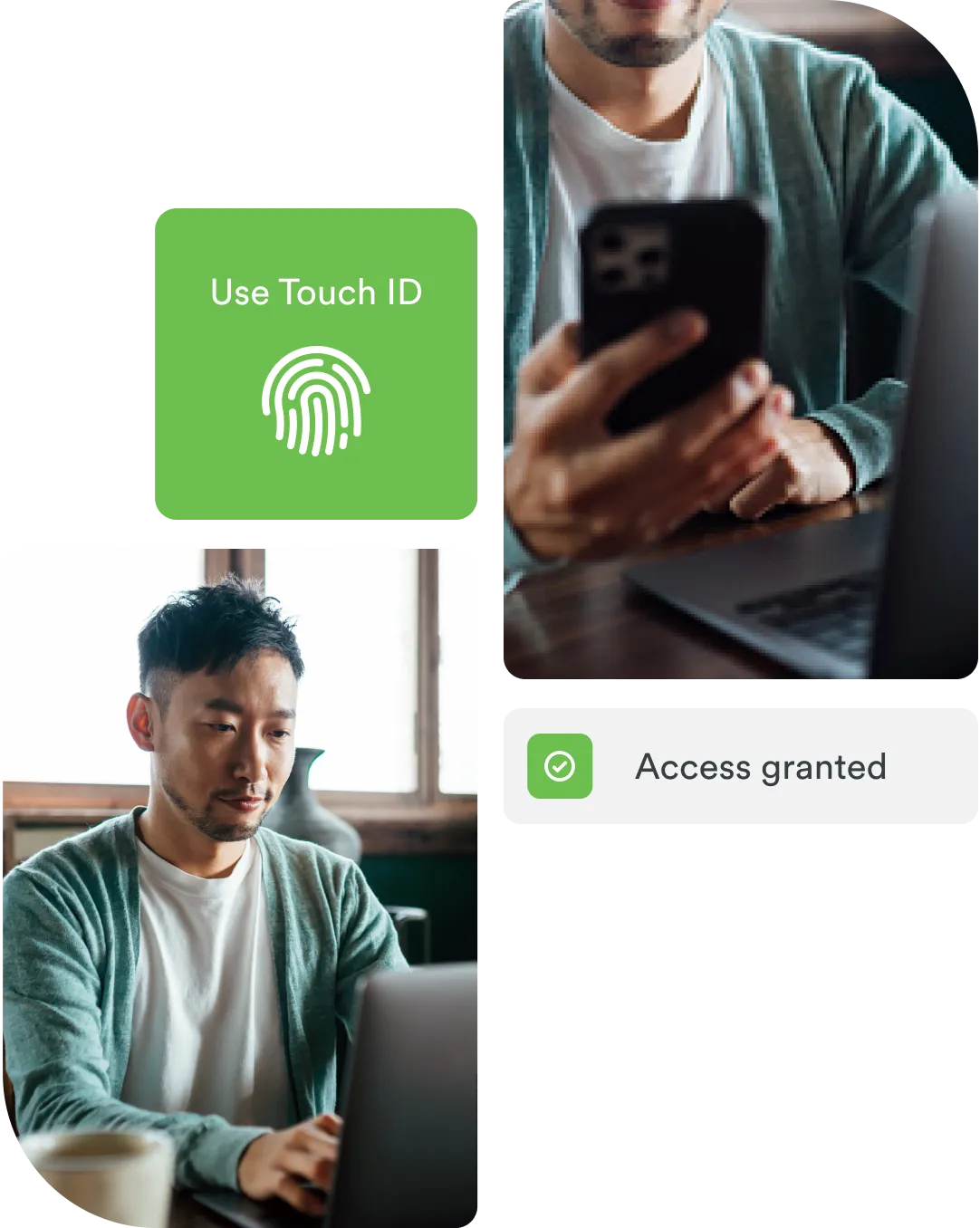Is passwordless a good choice for me?
If your business has a goal of reducing the security risk associated with passwords, the answer is almost certainly “yes.” Identity is becoming the new perimeter, and to secure it, companies must put access controls around both users and their devices — also known as the “workforce.”
To address this, many organizations are adopting a zero-trust security approach, under which trust is verified at each access attempt. The best security should be invisible and have minimal impact on the productivity of users.
Passwordless authentication is a key part of verifying user trust, in a more user-friendly, simplified and secure way. However, there are a few factors that will determine the level of effort involved in implementing passwordless. If you have a complex hybrid environment, it’s going to be more difficult to transition to passwordless.
We recommend having a few technical experts assigned specifically to your passwordless project, so that you can address any issues as they arise. When done correctly, however, a passwordless approach significantly minimizes the likelihood of a breach due to stolen credentials.




